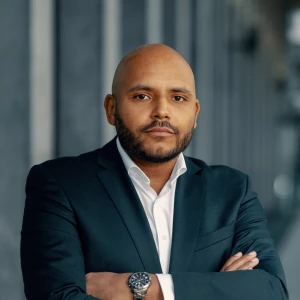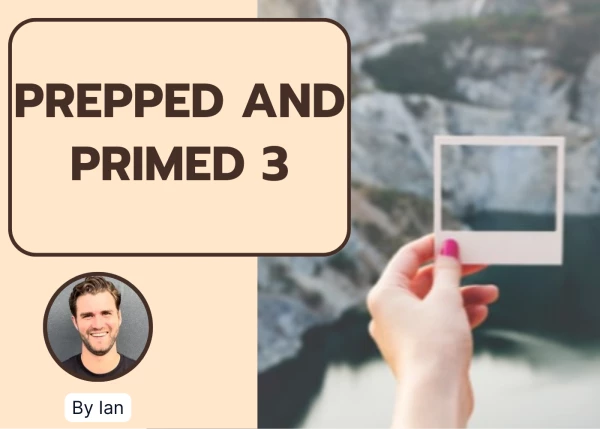Hi experts, would like to seek your advice on the “MECE” of a case structure. I'm unclear how strictly “MECE” should the structure be. Should the first bucket be perfectly parallel? Is it suitable to say that, as long as the structure covers critical elements to look into, then it is “MECE” enough?
There are two ways to form a structure. One is to use “nouns” as the first buckets, while the other one is to state the first buckets as “key questions”. Can you provide a suggestion on whether the 2 structure stated below is “MECE”?
In a case that I've done, I am analyzing whether we should implement an initiative to turn around the loss-making business. The initiative, though sacrificing each individual's customer experience, will provide the company with additional revenue sources from earning advertising revenue.
(1) First approach: customer, company, financial
Obviously, financial is not the same “category” as customer and company, and the structure doesn't seem MECE. However, placing financial assessment within the “company” will be too packed. Any better way to optimize the structure?
(2) Second approach:
1. Are the customers acceptable to this growth initiative? (e.g. key is to prove that the initiative will not cause a magnificent customer attrition as customer experience will drop due to this initiative)
2. How can the company mitigate negative impact and grow revenue? (e.g. brainstorm new revenue sources and risk mitigation approaches)
3. Can this growth initiative turn around the loss-making business? (e.g. with the information collected in the first two buckets, we can now run through the math to see whether the initiative makes sense or not financially)
Thank you!















